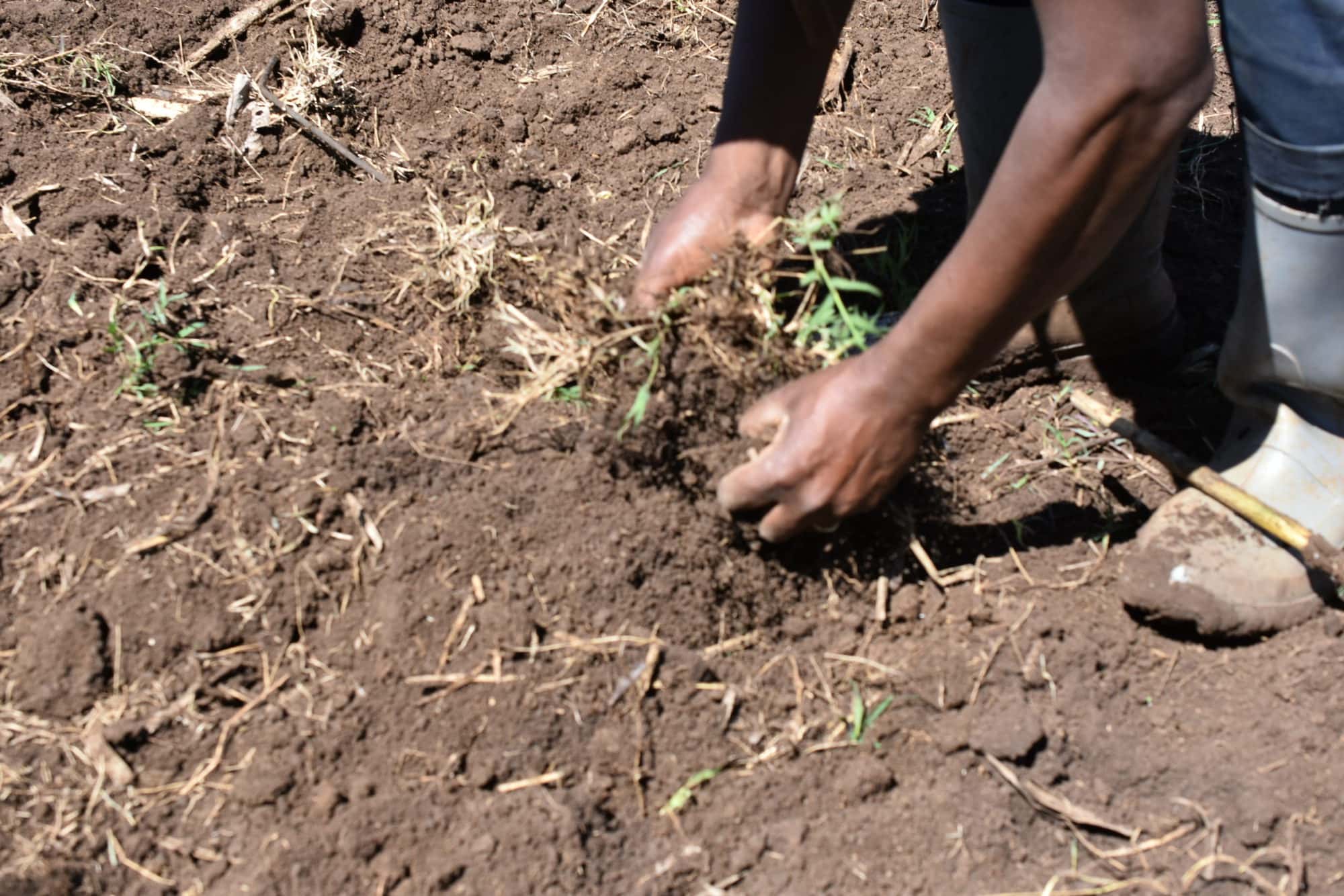Taking stock of the national toolbox
- From
-
Published on
19.11.20
- Impact Area

The Government of Ethiopia has consistently prioritized agriculture and sees it as a core component of the country’s growth. However, despite considerable efforts to improve productivity, poor management of soil health and fertility has been an ongoing constraint. This is mainly due to a lack of comprehensive site-and context-specific soil health and fertility management recommendations and dissemination approaches targeted to specific needs.
The government envisions a balanced soil health and fertility system that helps farmers cultivate and maintain high-quality and fertile soils through the promotion of appropriate soil-management techniques, provision of required inputs, and facilitation of appropriate enablers, including knowledge and finance.
So far, a plethora of different research-for-development activities have been carried out in support of this effort, including the introduction of tools which provide location-specific fertilizer recommendations.
However, in order to make efficient use of all the resources available in Ethiopia, there is a need to systematically evaluate the merits of each tool for different scales and use cases. To jump start this process, researchers from the TAMASA project commissioned an assessment of the tools and frameworks that have been developed, adapted and promoted in the country, and how they compare with one another for different use-cases.
Related news
-

Harnessing digital tools in securing soil health for Africa’s food future
Sehlule Muzata27.06.25-
Climate adaptation & mitigation
-
Environmental health
-
Nutrition, health & food security
-
Poverty reduction, livelihoods & jobs
Nairobi, 27 June 2025 (IITA) - As it marks its first anniversary, the Regional Hub…
Read more -
-

Harnessing digital tools in securing soil health for Africa’s food future
Sustainable Farming Science Program27.06.25-
Climate adaptation & mitigation
-
Environmental health
-
Food security
-
Poverty reduction, livelihoods & jobs
Nairobi, 27 June 2025 (IITA) - As it marks its first anniversary, the Regional Hub…
Read more -
-

Raising productivity and profits, How AgWise is Closing Yield Gaps through AI
Sehlule Muzata20.06.25-
Adaptation
-
Climate adaptation & mitigation
-
Environmental health
-
Food security
-
Poverty reduction, livelihoods & jobs
Nairobi, 20 June 2025 (IITA) - Across Africa smallholder farmers battle working with degraded soils,…
Read more -
